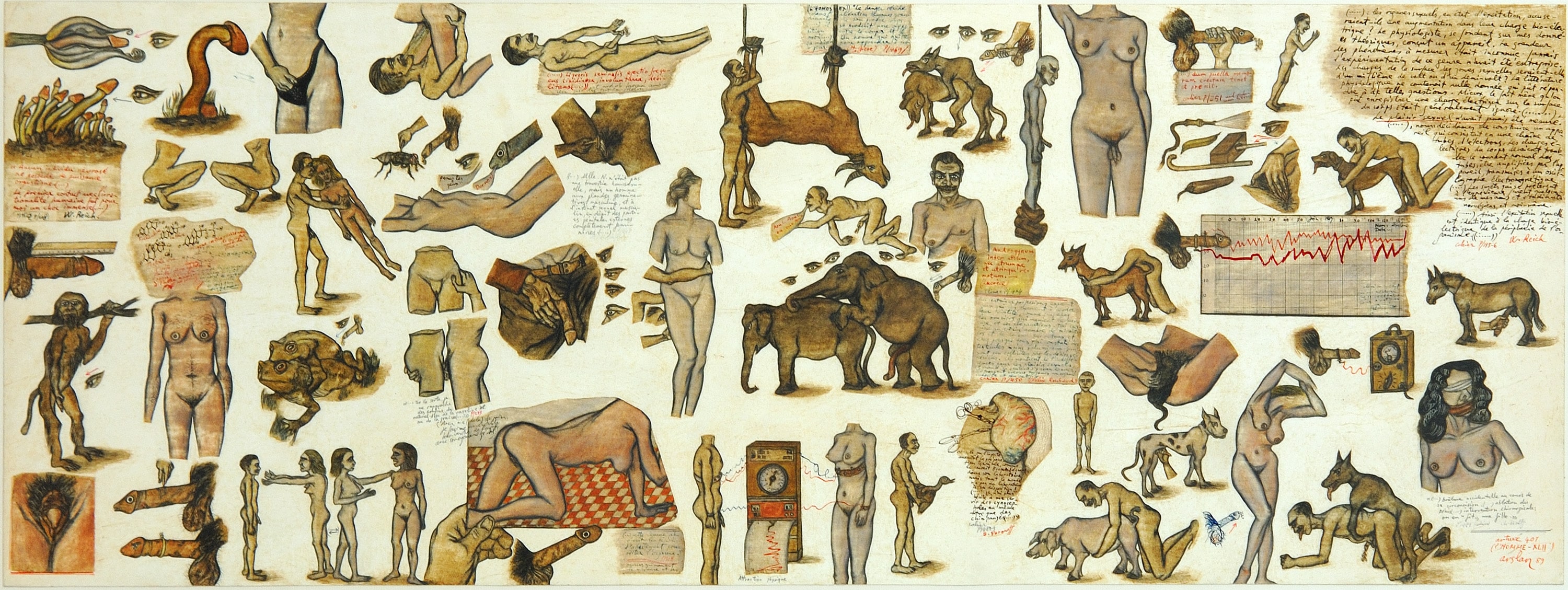Director: Wang Bing
Hong Kong, France 2016, 147’, color
Ta’ang language; with Turkish and English subtitles
A civil war has been raging for decades in Myanmar’s Kokang region, which is home to the Ta’ang people. When their lives are once again in danger in spring 2015, it is mostly the women and children who flee over the border to China. Wang Bing accompanies a few of these communities thrown together by fate, at once modern and bound to traditions. They wander the remote mountains with few possessions, and camp in makeshift compounds, telling each other stories by the campfire at night. Wang Bing presents us with a picture of a refugee crisis that has received very little attention in the rest of the world.

The New Year is more than just a date change on the calendar. It often marks a turning point where the weight of past experiences is felt or the uncertainty of the future is faced. This season, Pera Film highlights films that delve into themes of hope, regret, nostalgia, and new beginnings.

A firm believer in the idea that a collection needs to be upheld at least by four generations and comparing this continuity to a relay race, Nahit Kabakcı began creating the Huma Kabakcı Collection from the 1980s onwards. Today, the collection can be considered one of the most important and outstanding examples among the rare, consciously created, and long-lasting ones of its kind in Turkey.

Pera Museum, in collaboration with Istanbul Foundation for Culture and Arts (İKSV), is one of the main venues for this year’s 15th Istanbul Biennial from 16 September to 12 November 2017. Through the biennial, we will be sharing detailed information about the artists and the artworks.
Tuesday - Saturday 10:00 - 19:00
Friday 10:00 - 22:00
Sunday 12:00 - 18:00
The museum is closed on Mondays.
On Wednesdays, the students can
visit the museum free of admission.
Full ticket: 300 TL
Discounted: 150 TL
Groups: 200 TL (minimum 10 people)